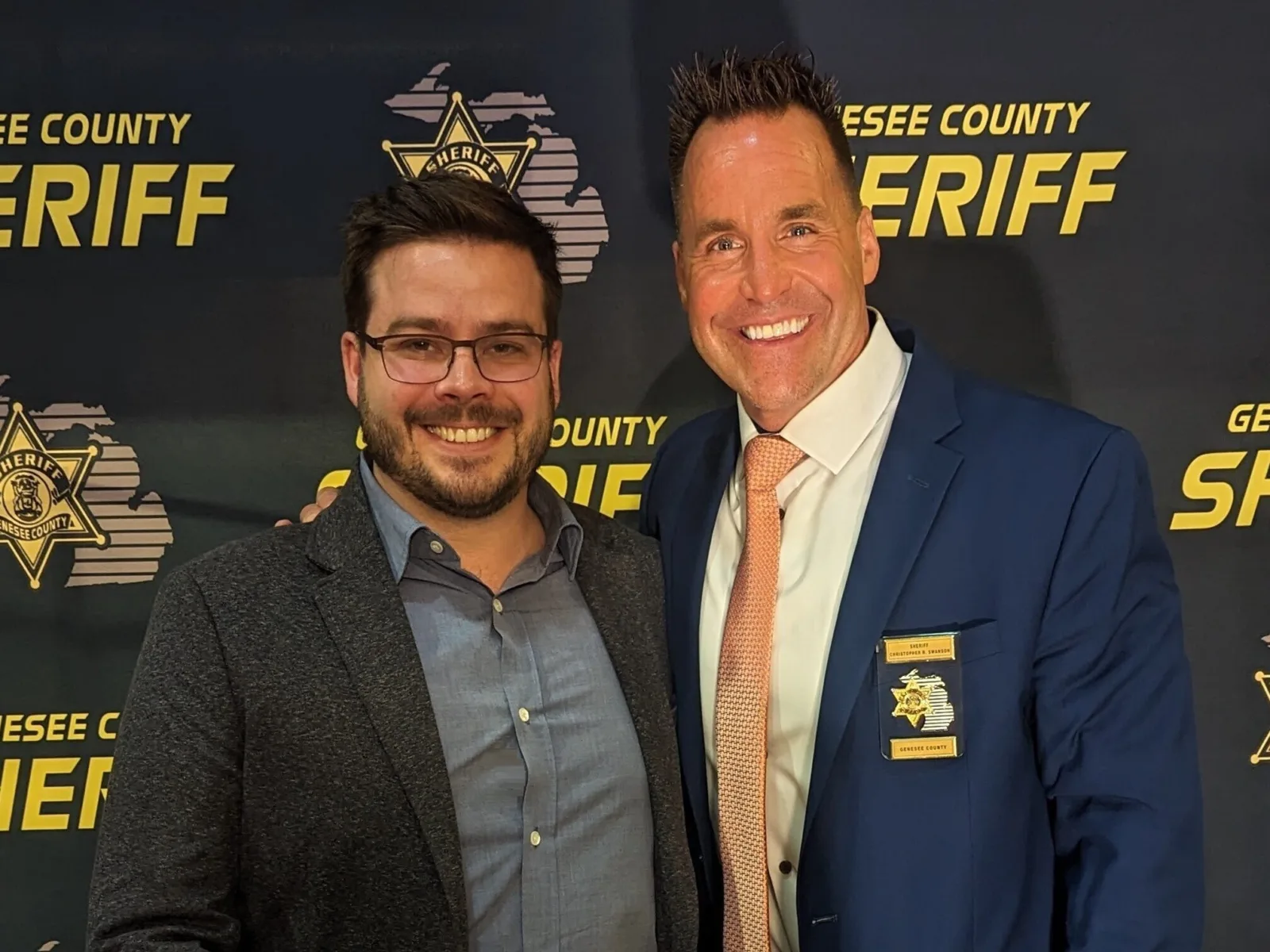Misleading media narratives that lead with tales of salacious crime and leave out evidence are unfortunately nothing new. The Marshall Project’s deep retrospective on media coverage of the Central Park jogger case in the 1980s outlines how biases perpetuate, influence the public, and harm individuals. This year, FWD.us documented how fear-based headlines sank public opinion on bail reform.
While many media outlets are taking meaningful steps to change their coverage of crime and criminal justice, advocates and members of the public who want to see better balance and more evidence can call for it in specific ways.
Experts have issued the following recommendations for journalists covering criminal justice issues.
Talk to the Police, but Not Only the Police

“The reality is pretty complicated,” said Thomas Abt, chair of the Violent Crime Working Group and Senior Fellow at the Council on Criminal Justice. “The best thing to do is look at the facts and data and just make sure you’re talking to a wide variety of people. There’s nothing wrong with [news outlets] quoting the police, but they’re not the only game in town. We need a balanced set of voices.”
Adam Gelb, president and CEO of the Council on Criminal Justice, agrees that of course reporters need to include the opinions and perspectives of law enforcement. “Where I think the problem is and has been, is that too many reporters think that talking to the police chief is the beginning, the middle and the end of the story.”
“If we’re going to break free from the notion that public safety is the sole province of the police, then health, education and labor departments, treatment providers, and community nonprofits need to be drawn into the conversation and held accountable as well,” said Gelb.
There’s nothing wrong with quoting the police, but they’re not the only game in town.Thomas Abt chair of the Violent Crime Working Group and Senior Fellow at the Council on Criminal Justice
Laura Bennett, co-author of “Freedom, Then the Press: New York Media and Bail Reform,” said the problem extends to presenting law enforcement as a neutral party, when reform advocates are not given the same presumption: “They’re lobbying against these bills the same way I’m lobbying for them.”
Report With Empathy
Empathy-based reporting can change the narratives around crime. Gelb said this kind of reporting requires empathy for everyone caught up in and affected by cycles of violence.
People with lived experience need to be talked to, said Bennett. “If you’re going to report on somebody being sent to jail, hearing about what that experience of going to jail is like is also an incredibly important perspective.”
Call In Researchers — and Teach Them to Push In
Jennifer Doleac, director of the Justice Tech Lab, sees an imbalance in the incentives and processes for researchers to engage with the media. Speaking with media may not be a priority for an academic’s employer, or they aren’t comfortable or trained to engage. “[Academics] are nervous about talking to reporters, worried about saying the wrong thing, and then getting misquoted.” Advocacy organizations have staff that are trained to push back on research findings that don’t fit their narrative, which can be intimidating, she said.
“Some academics just want to do the research and get it out there. And then realizing that there are stakeholders that really have an interest in discrediting you — I think it’s just something most academics are not comfortable with,” said Doleac.
Abt calls on researchers to claim a seat at the table. “I think the issue is engaging. For some academics and researchers, engaging with the media is something of an afterthought. Frankly, you can’t be upset at the media for framing things in certain ways if you don’t work with them. I think that anything that we do in research that we think is important enough to influence policy needs to be explained to the media, in a way that is accurate, but accessible.”
Follow the Data
“Anecdotes are really powerful, but they aren’t [evidence of] trends. One bad thing can happen. And that does not mean that it’s a trend, it does not mean that every person is in danger. It does not mean that we should up-end a lifesaving reform,” said Bennett.
Media that takes the time to report with balance, to check bias, and to focus on evidence can ultimately begin to stem the harm done to individuals and help the public decipher reality.
“That gets you a public that is able to make decisions about how they feel their community should be kept safe from an informed place,” said Bennett. “The public should make these decisions from a calm place, instead of from a very fearful place, which I think is where the press leads us today.”






















